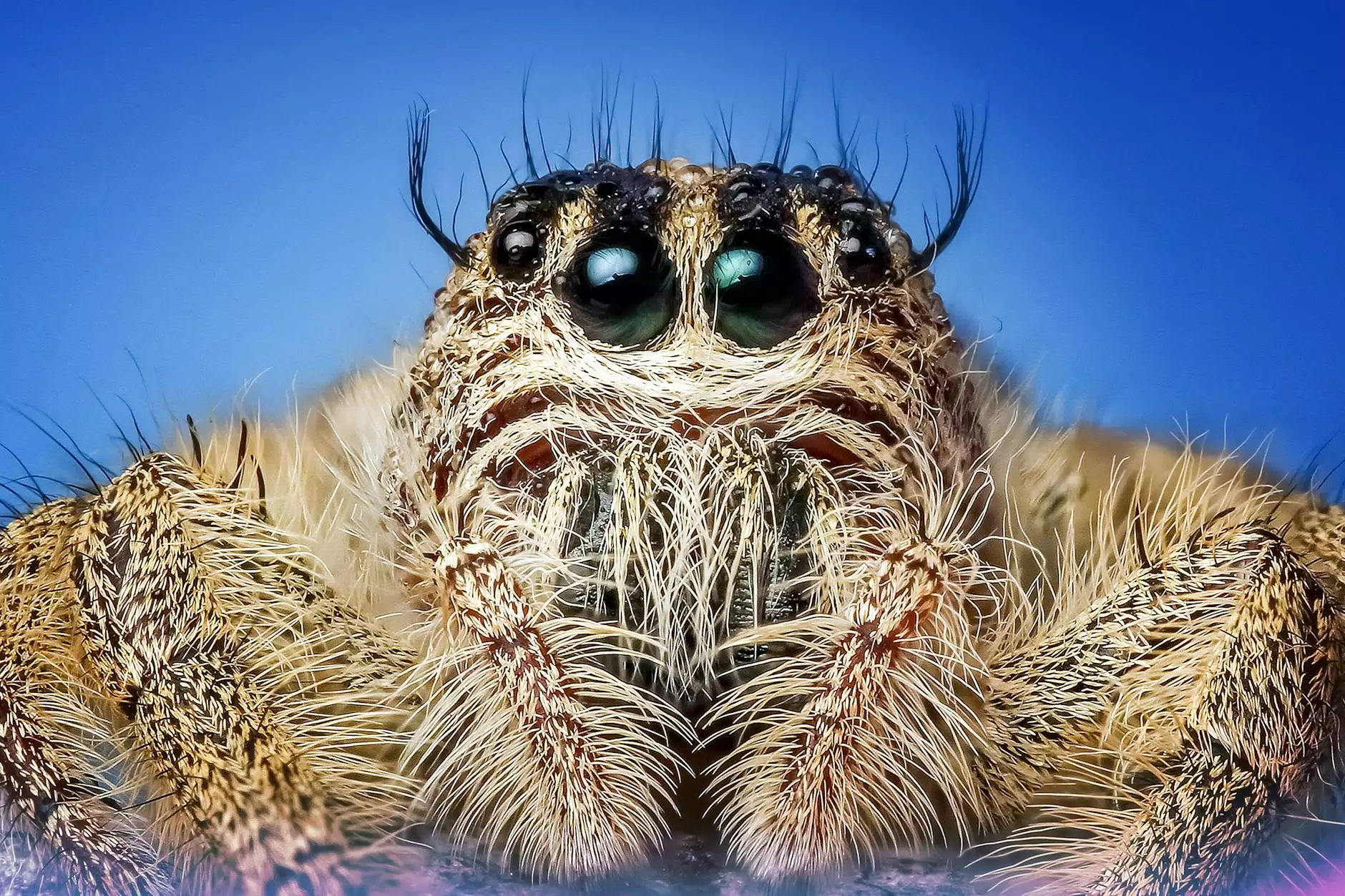Bat Ears
Dog Breeds
Introduction
Welcome to Exotico Savannahs' comprehensive guide on Bat Ears. In this article, we will dive deep into the world of bat ear genetics, health concerns, and unique characteristics. Whether you're a current Savannah cat owner or interested in becoming one, understanding the importance of bat ears is crucial. Let's explore!
Understanding Bat Ear Genetics
The term "bat ears" refers to a unique genetic trait found in certain cats, including the stunning Savannah breed. This characteristic is closely associated with the breed's wild heritage. The bat ear gene is responsible for the distinct shape and position of the ears, giving these cats an exotic and alluring appearance.
Savannah cats inherit their bat ears from the serval, a wild African cat that is one of the Savannah breed's ancestors. The gene responsible for bat ears, known as the "ear tuft gene," is a dominant trait. This means that if either parent carries the gene, there is a high likelihood that their offspring will possess bat ears as well.
The Significance of Bat Ears
Bat ears not only enhance the aesthetic appeal of Savannah cats but also serve important functions. The unique ear shape allows for exceptional sound localization, enabling these feline companions to detect even the slightest movement or sound nearby. Their enhanced hearing helps them thrive in various environments, whether domestic or wild.
Additionally, the large size of their ears contributes to better heat dissipation, making them more adaptable to warm climates. This advantageous feature allows Savannah cats to regulate their body temperature effectively, providing them with comfort and well-being.
Health Concerns Related to Bat Ears
While bat ears are generally considered a desirable trait, it is essential to be aware of potential health concerns associated with this genetic characteristic. Due to the ears' larger surface area, Savannah cats with bat ears are more prone to ear infections and other related issues.
Owners should regularly inspect and clean their Savannah cat's ears to prevent the accumulation of dirt, debris, and wax. If necessary, consult a veterinarian for proper ear care and cleaning techniques. By keeping their ears clean and free of obstructions, you can help minimize the risk of infections and discomfort.
Unique Characteristics of Bat Ears
Aside from their functionality, bat ears possess captivating aesthetic qualities that contribute to the charm of Savannah cats. Here are some unique characteristics of bat ears:
- Large Size: The prominent size of the ears adds to the overall allure of Savannah cats.
- Triangular Shape: The ears have a distinct triangular shape, which is a defining feature of the breed.
- Direct Forward-Facing Position: Bat ears are positioned in a forward-facing manner, allowing for excellent sound reception.
- Hair Tufts: Some Savannah cats may also exhibit small hair tufts on the tips of their ears, further enhancing their unique appearance.
The Popularity of Bat Ears in Savannah Cats
Due to their elegance and distinctiveness, bat ears have become highly sought after in Savannah cats. Breeders and enthusiasts alike appreciate the individuality and wild-inspired beauty that bat ears bring to these feline companions. Their presence adds an exotic touch to the breed's overall appearance, magnifying their appeal.
As the popularity of Savannah cats continues to grow, so does the appreciation for their striking bat ear characteristics. Many owners proudly showcase their cats' bat ears on social media platforms, contributing to the breed's online presence and community. If you're lucky to have a Savannah cat with bat ears, don't hesitate to embrace and celebrate their uniqueness!
In Conclusion
Bat ears are a defining feature of the Savannah cat breed, adding an element of wild beauty to these extraordinary feline companions. Understanding the genetics, functions, and unique characteristics of bat ears is crucial for all Savannah cat enthusiasts. By comprehending their significance, you can better appreciate and care for these captivating creatures.










